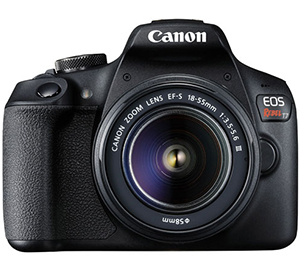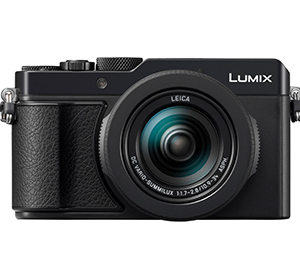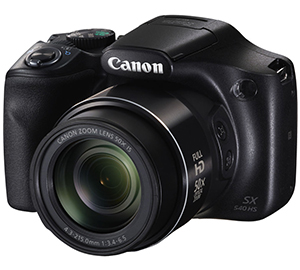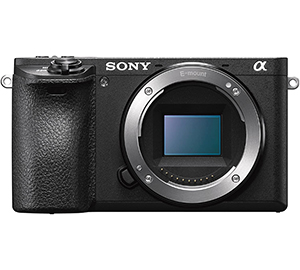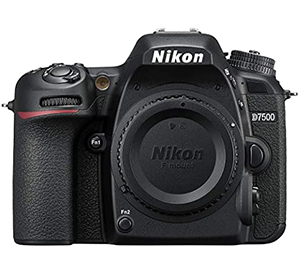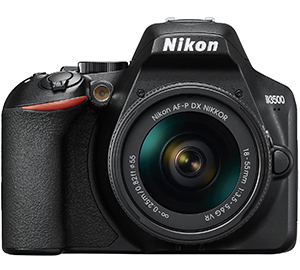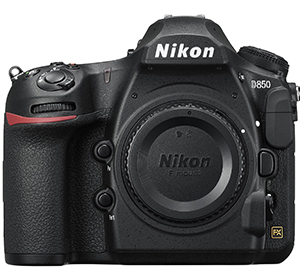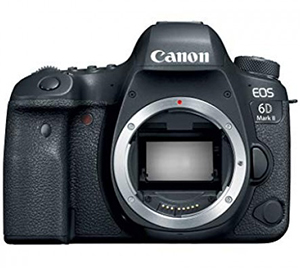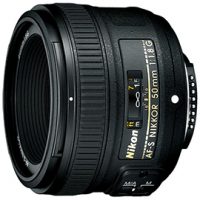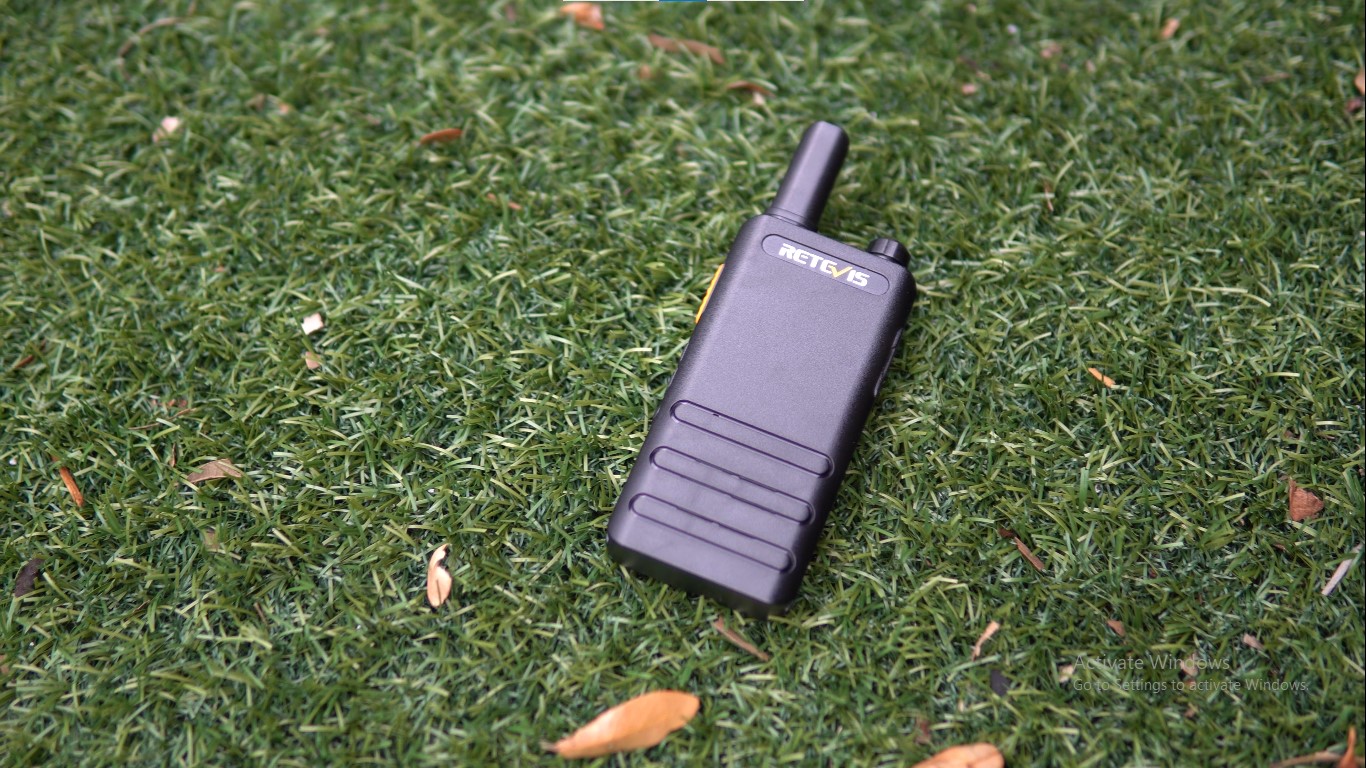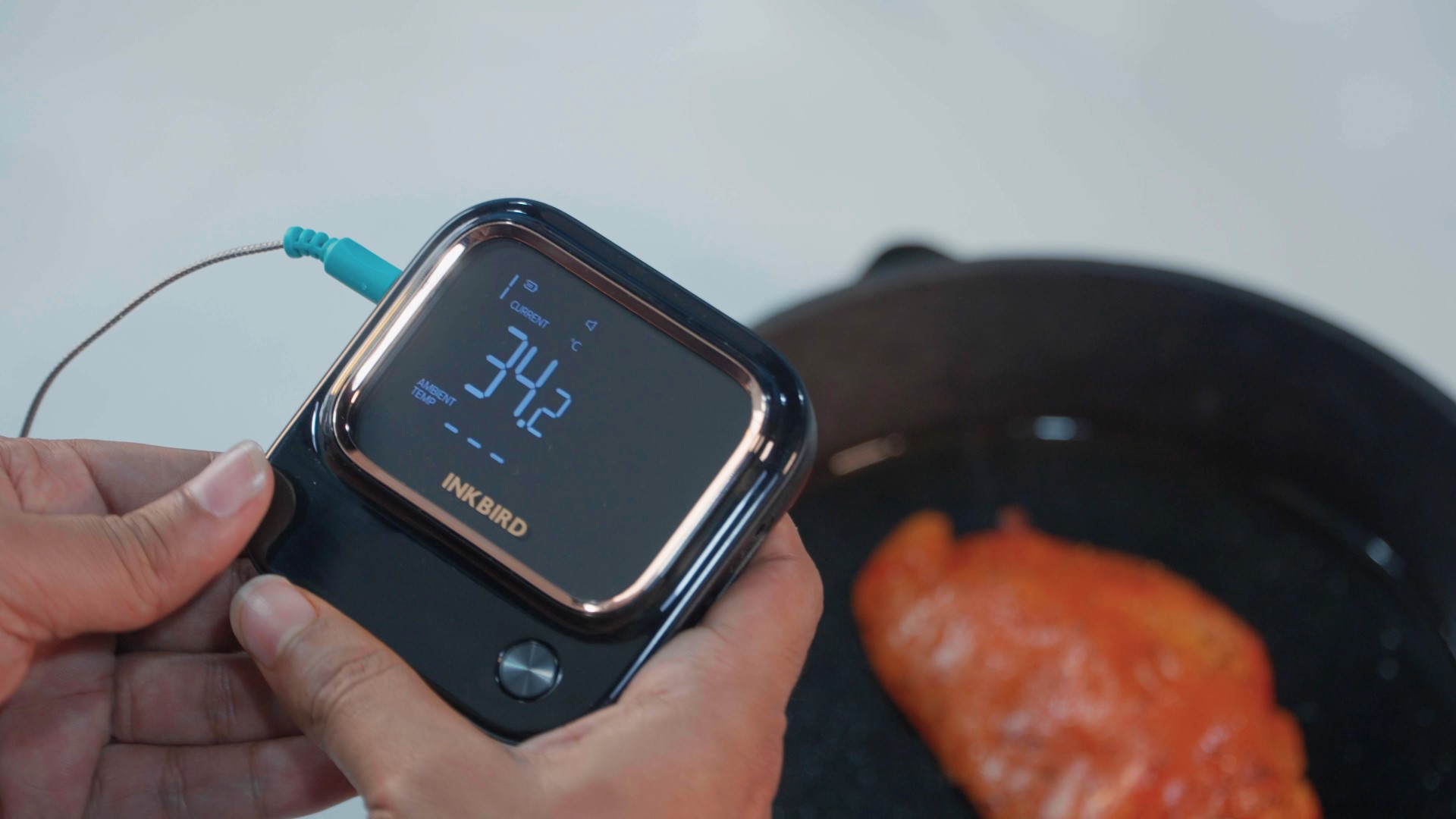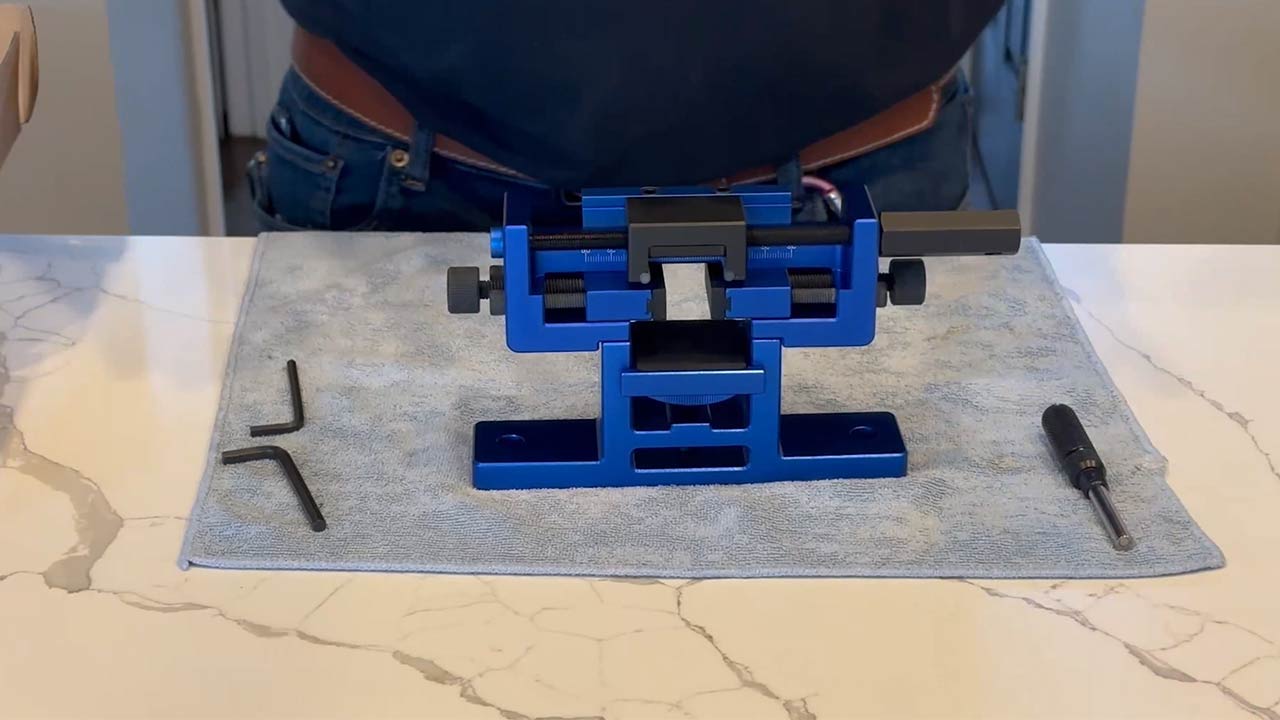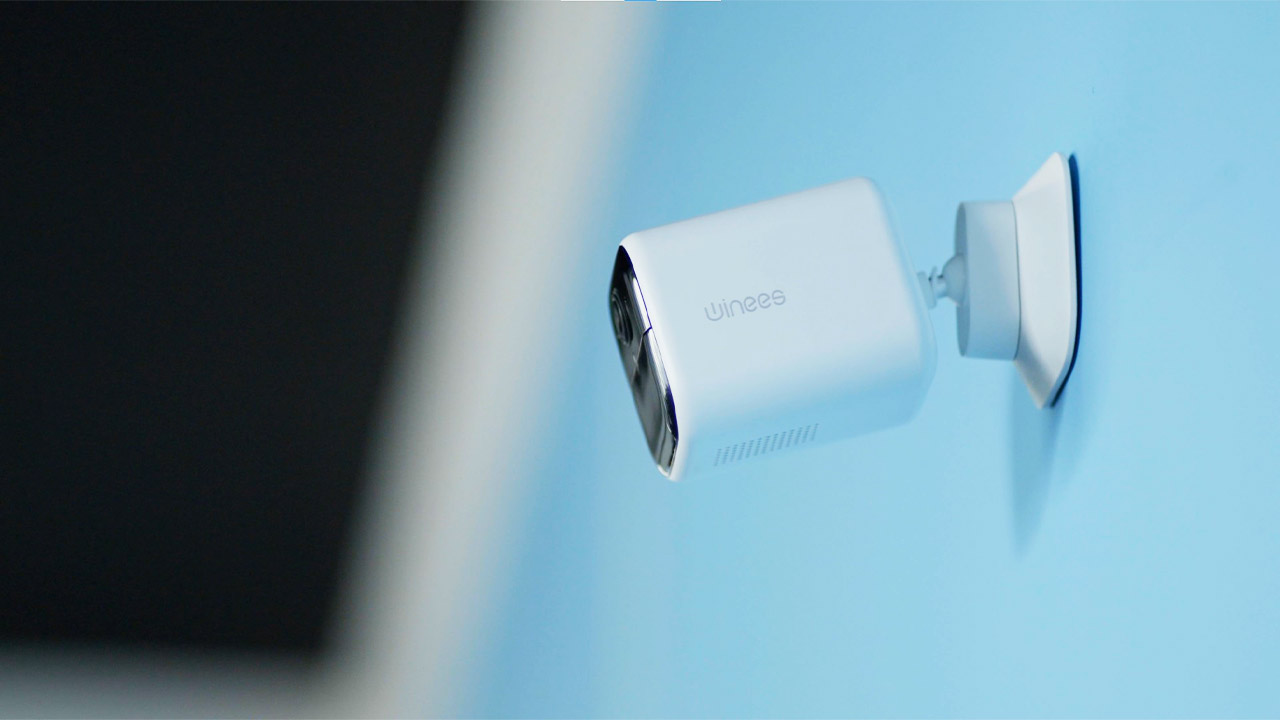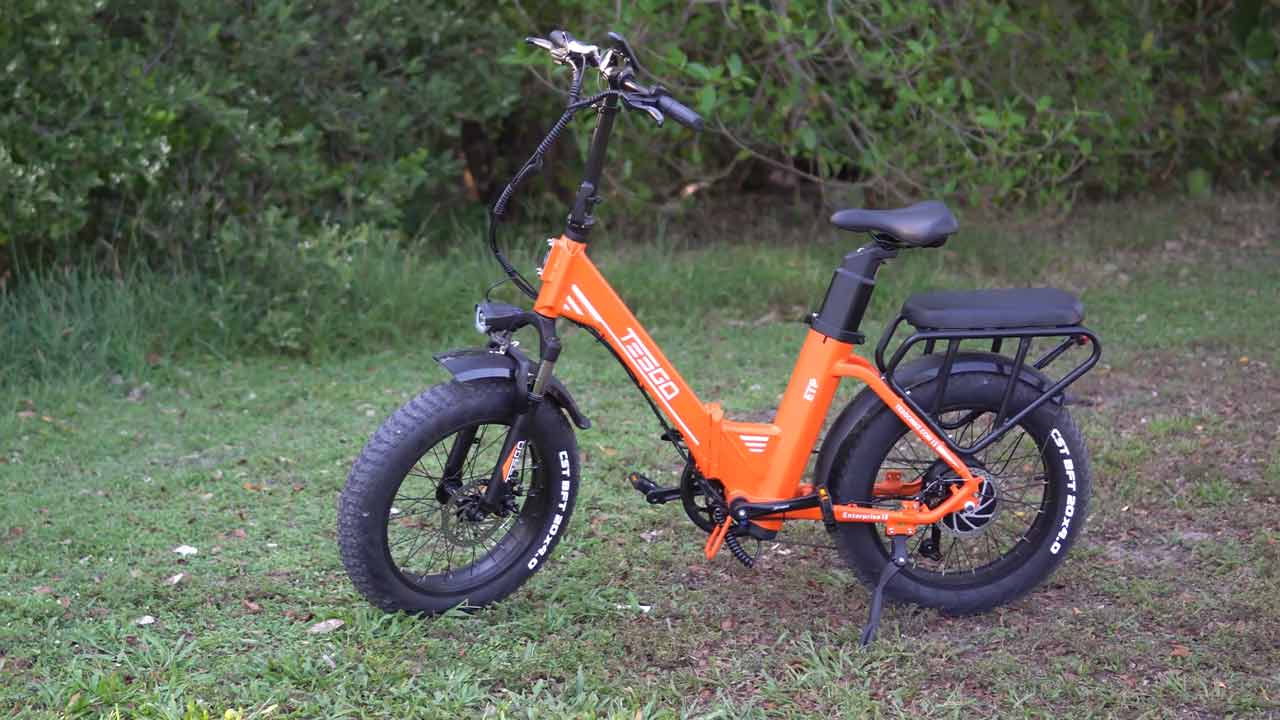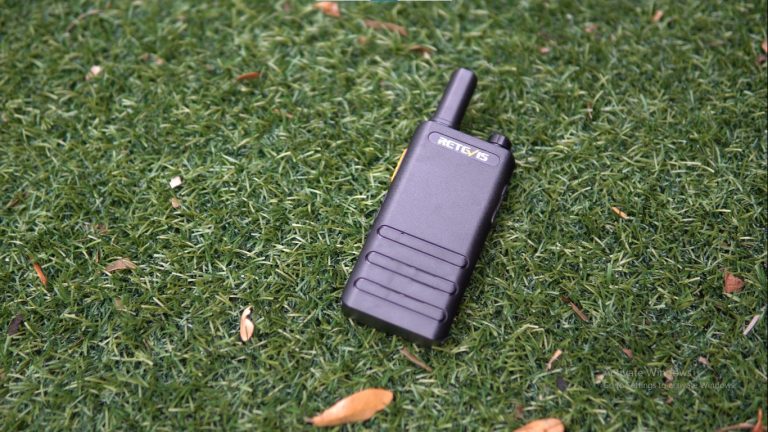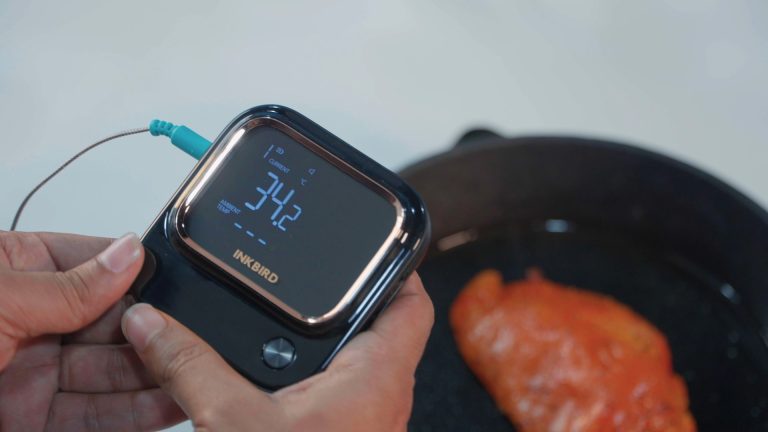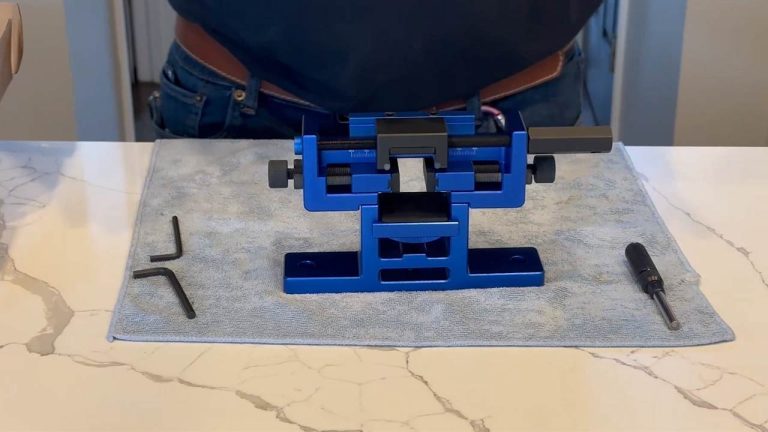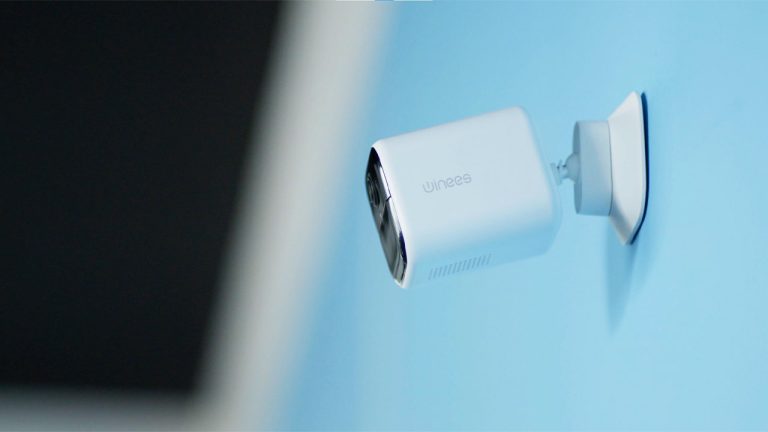Men grow up. They don’t grow old. Cars are toys that outlive people for generations. As the old saying goes, if you love something and take good care of it, it will last forever. What other way than to cherish a moment but a perfect shot of your beloved chariot in action. Besides, car photography is now a valued and sought-after professional field. So, if you are thinking about which is the best camera for car photography for you to buy to begin your dream career, here we have some good cameras for your car photography portfolio. But, first, here are some useful things to educate you about the legends. So, march on, comrade.
Do You Need a Special Camera for Car Photography?
Nowadays smartphones are upping the ladder when it comes to photography. Hell, even movies are being made with iPhones. Then why should you be worried about getting some extra load? Well, the answer is always simple but not enough. Walking that extra mile; the investment will make you take it seriously. Moreover, get ready for a world of destruction. If you aren’t already a huge car freak, you should know that there are some crazy car fests all-round the year. Besides, cars are messy and dangerous; the smallest tire blisters can mess your camera up.
The bottom line is, you not only need a designated camera, but you’ll also need extra gadgets and lenses further down the road. So, you better take it seriously to make some money.
A Little Bit of History
What you know as cars today were nothing like it is now as little as a hundred years ago. The earliest cars were really expensive. Cars became widely available since the introduction of mass production factories and assembly lines. But, speaking about car photography to come into fashion, Malick Sidibe’s name must be said. He is perhaps the first photographer to realize that cars are more than simple transports. They are becoming status symbols in our society.
Since then, cars and cameras have evolved enough to blow your brain motors. Before starting, some honorable mentions are; Tim Wallace with the finest details and beauty for production cars, Darren Heath for some time-warping F1 snaps and, a personal one; Larry Chen with his crazy car festival snaps. So, let’s get on with the list:
Best Camera for Car Photography
Alright, on to business, here we have a list of the Best Cameras for Car Photography from which you can choose the one that best fits your needs. So, without further ado, Here’s our pick for the best cameras for your car pictures:
Let’s begin with a Canon. Not just any, The CANON EOS REBEL T7 DSLR, one of Canon’s confident and robust toys loved and owned by car photographers throughout the world. It’s easy to use and carry around. The charge lasts for significantly longer than average DSLR cameras so you can go on clicking without needing to rip off your hair. It’s a compact SLR mechanism body camera with 24 megapixels, CMOS sensors and 100-6400 ISO that is expandable up to 12800. As you have noticed, it is moderately speced that is a perfect recipe for beginners. Share your works in media and with your friends in HD and transfer your files faster with USB 2.0.
You’ll get SD/SDHC/SDXC storage that you will surely need more of. Besides, it has a max shutter speed of 1/4000 sec. meaning you’ll be able to cover running cars easily. Simply put, The Canon EOS Rebel T7 is a perfect camera for noobs to learn and master the use of the new-age digital SLR cameras.
Moving on, the next one in the line to quench your relentless desperation is The Panasonic Lumix LX100, a subtle yet high-performing digital camera. It comes in a compact and sturdy body that you can carry in one hand and has good mobility. The 17 megapixels equipped with CMOS sensors produce picturesque quality. Auto ISO from nearly 100 up to 25600 and 24-75 focal length ensures that you bring that sick angle and click the snap of your dreams without squirming into tight places. The SD/SDHC/SDXC support and USB 2.0 allow you to share your work or quicken the file transfer rate.
It is a fair bit easy to use and take pictures with. Besides, with a shutter speed of 1/4000 sec, you don’t exhale a sigh for missing that perfect moment. All in all, The Panasonic Lumix LX 100ii is one of the best beginner cameras if you are going to start outdoor car photography on a budget.
Moving on to the 3rd one on our list is the Sony A7 III Mirrorless Camera, a dainty and slick kit, which is the thing for you if you are comfortable with the Sony Cameras. It has a sturdy and compact body that is light to travel with and easy to maneuver. Besides, a 24-megapixel full-frame CMOS sensor assures you top-notch picture quality. Carry your camera around on an AF joystick while you’re running towards or away from a runaway four-wheel monster. Click away at 10 fps like a machine gun for over 700 clicks before you deplete the battery.
You get the USB 3.1 to transfer files. At least, it will surely fill up and load off rather fast. To sum it up, The SONY A7 III Mirrorless Camera is a very good camera from Sony for a fair price tag
Moving on to the 4th one, on our list is the Sony A7 III Mirrorless Camera, a dainty and slick kit, which is the thing for you if you are comfortable with the Sony Cameras. It has a sturdy and compact body that is light to travel with and easy to maneuver. Besides, a 24-megapixel full-frame CMOS sensor assures you top-notch picture quality. Carry your camera around on an AF joystick while you’re running towards or away from a runaway four-wheel monster. Click away at 10 fps like a machine gun for over 700 clicks before you deplete the battery.
You get the USB 3.1 to transfer files. At least, it will surely fill up and load off rather fast. To sum it up, The SONY A7 III Mirrorless Camera is a very good camera from Sony for a fair price tag
It’s not easy to make it into our picks but apparently, Sony is pulling it off twice with the Sony Alpha A6500, a compact boy toy with a classic appearance. The body is a rangefinder-style one weighing as low as a pound. Thus, it is comfortable and safe if you are in tune with the type. Once you get a good stronghold, it will not fall or slip even if you don’t have a belt.
24 megapixels, CMOS sensor, Auto ISO 100- 25600 that expands to 51200: all that in one body. Safe to say, the options and picture quality will be mesmerizing once you’ve groomed into it a little. In brief, the Sony Alpha A6500 is a rather impressive little digital camera that delivers dreams but is a bit obscure in the pile of front row competitors. Besides, no one plans on spending all that much money on their beginner gadget.
Finally, you must be saying, a Nikon. Well, yes, it’s a list of cameras that can’t be summed up ignoring the raging bull, the Nikon D7500 DX-Format DSLR, a beginner camera indeed but, if you are a Nikon man, this is a keeper for you. Weighing at over 650 large, this bad boy comes in 21 and a half megapixel to deliver crystal clear images. Besides, you get CMOS sensors as usual and digital image stability. So, it might help freeze your noob shakes. The focus is left manual, as preferred by many Nikon users; which allows you to learn to focus on your own.
The Nikon D7500 DX-format DSLR is a product that has already garnered enough attention that assures that we do not have to brag about this one all that much. If you have phoned a friend, asked a colleague, they probably have already told you about it. Anyways, if you plan on sticking with Nikons, wait no further. This is it for you.
Next on our list is The Fujifilm X-T3, a dainty and slick kit that you can choose to make a flying start. It is a handful. Very comfortable to move around with, it comes with all the niceties that any serious photographer can ask for. Once more, the amazing part is that if you take it in front of some well-made cars, it will detect a face with its face-eye detection system. The usual mad max recipe of a CMOS sensor, various modes including sport mode which will come in handy when you think it should. There’s a USB C-type connector and sockets for the microphone and headphones, ergo it’s rather convenient on the connectivity end. To top it all off, you get a legit 11fps mechanical shutter that makes a world of a difference at the end of the day.
What makes it perfect for shooting a car is the Fast Hybrid AF; an autofocus system that combines the traditional Contrast detection AF with Phase-detection AF which is great for added precision and ideal for a quick response when tracking fast-moving subjects. All in all, The Fujifilm X-T3 is a befitting choice for you if you want a crazy learning curve. It may look simple enough, but the results are striking images to your satisfaction.
Second to our last product is the Nikon D3500 DSLR. It is no surprise that the list must end with a feud between Nikon and Canon users disagreeing with each other about which is the better camera. Around 360 grams, it’s decently sized body offers easy and compact usability. Almost 25 Megapixels added with the CMOS sensor, pictures come out looking like cataracts of crystal clear spring water. Focus can be toggle between auto and manual. Thus, you will be able to slowly learn the tricks you can use with the focus manually to take some really mad snaps in close range.
All in all, the Nikon D3500 DSLR is a full-fledged Digital SLR that needs not be explained to Nikon users. You can do a little digging and if Canon is not your ballpark; this is perhaps where the list ends for you.
Not to let off with just one, here’s another proper camera for car photography; The Nikon D850. It is designed in light of mid-size SLP Body. So, they mean business. You get 45 megapixels that makes talking about the BSI-CMOS needless. 8256 x 5504 is the pixel resolution for the possessive toys you need to look good. The 3.2” Display can be tilted to some sneaky angles.
You have the option among SD/SDHC/SDXC (UHS-II supported) + XQD for storage types, so you don’t need to have a pocket full of them full of your stuff. The lens mounting mechanism is a Nikon F-type system. To give the eulogy, this big boy is all for big boy games more than a starter.
Now then, finally we have reached the end of our list. And, as promised; The Canon EOS 6D Mark II, that’s right. You get it, we mean business. Now, this is a high-end kit that stirs a little attention around. 34.4 Megapixels, enough said? The CMOS filter, yes of course. Image stabilization for video mode is a bonus. It weighs a little over 400 grams because of all the muscles. As a result, you are guaranteed quality images; sharp and vibrant. A single full battery will last a whopping 1200 shots with the LCD off and with the screen on; 380, all according to CIPA battery life testing.
You can create 4K time-lapse or 1080/60p video recording for movies. The body is weather and dust-resistant makes it the perfect choice for rally race days in the wild. And guess what; it also has Wi-Fi, Bluetooth, and NFC support for easy camera control and photo-sharing. How cool is that? It would be dumb to say that you can’t estimate we have left our best one for the last. Besides, you can almost notice one or two different photos in the article, both by Larry Chen. So, as you might have hinted a little biased, the Canon EOS 6D Mark II is a personal favorite as well.
Well then, these were the best cameras for car photography on our list. Get one and go shotgun, roll down the windows and start clicking, a new hope call for you and you are ready as hell.
What is The Best Lens for Car Photography?
It depends on what kind of photography you are trying to go for. Cars are fast creatures; it takes a quick eye to see that amazing shot gone on the flick of a moment. No wonder those guys carry such big guns on their shoulders all day long in the hardest of conditions.
No need to overwhelm you in the beginning. So, you should try and get one lens that’ll cover-up for long enough till you make some rich friends, wink-wink. Basically, for as long as you plan on being on the beginner’s level, here’s a personal favorite,
This cool little mount gem is a fast, single-focal-length lens with a normal 50mm focal length; 50mm, so you get the idea, it is not too high nor low. You get, obviously, an f/1.8 aperture.
Best Camera Settings for Car Photography
So, you’ll be dealing with two kinds of situations with your subjects; moving cars or dormant and posing cars. The easy way to spot it in the pictures is by the rims. The one other important aspect that you’ll be running after all day is the light. Chase the light for that perfect glint on the livery and paint job and you’ll have that stunning shot. To get that right, concentrate at the right aperture and focal length. A shallow depth of field will highlight your subject, so choose a large aperture of f/4.0 or 8.0 for wide views. A 50 mm focal length will deliver realistic portraits with the least bit of distortion. You’ll need to notch it up to 11.0 to 22.0 with a focal length of 24mm to 70mm to house a group of vehicles in action or posing. If the ISO drops the shutter speed below 1/50 of a second, you can use the image stabilization feature.
Things to Consider When Choosing the Best Camera Car Photography
As you can see, there are some ‘nitty-gritty’ that you should be treading on to become the level best. Ergo, you must choose the right camera that encapsulates all the right features and conveniences so that you are as fast as the cars you snap and you’re done. Here we have a buying guide below to player-coach you out of the benches.
Here are some key features you should focus on before buying the camera and hitting the tracks:
1. The Size of the Sensor: If you don’t already know what sensors do, here’s a dumb-down explanation for you; if you want good quality pictures, go for larger sensors. The bigger they are the better details you get.
2. The Pixel Ratio: Pixels determine how sharp and defined your picture quality gets; HD, 4k, and so on. So, go for more not less. You can reshape the pictures after editing. But you’ll struggle if the pictures aren’t big enough at editing.
3. The Types of Lenses: Lenses are always of crucial importance while buying a camera. If you want to know what lens you will need then there’s no simple answer for you. You find out that recommendations go from as low as 24 to way above a hundred. You should get an ideal lens to begin with and later get some more big Johns in your crew.
4. Pricing and Brand: Another vital factor about any gadget is pricing. The one you choose has to be affordable. Besides, be certain that you’ll need to service them sometimes. It’s going to get messy as I warned before. So, buy a reliable and recognizable original Branded product. That way you can get proper services from the manufacturer and you can get good resale value when you need to up your game.
10 Tips and Tricks for Car Photography Mastery
Here are some tips if it keeps you confused and guessing what you ought to do to get a good camera for car photography:
- Safety first! Keep sufficient distance from running cars. Let the bloody zoom do its job.
- Protect your camera when working in close range. Cars leave out a lot of debris on the trail; smoke, tire blisters, rocks, asphalt, dust and sometimes even fluids. So, be careful.
- Take additional aids to help you balance the weight. Keep water, fruit or snacks when you are waiting for a car to run by for hours.
- Clean your stuff; when the race day is over and you are back at the hotel room, clean your camera before you clean yourself.
- Pack extra storage and battery. Make sure the storage is empty and the battery is full.
- Flock around with other pros in the game. They can teach you some cool techniques.
- Try shooting from a moving car.
- Keep an eye out for backgrounds and reflections.
- Store your best work and create a portfolio that makes an impression.
- Promote your work, and once you’re starting to make a name, you can start cashing your talents.
Frequently Asked Questions (FAQs):
What is the best shutter speed for moving objects?
The shutter speed is pivotal for fast-moving objects. Shutter speeds like 1/1000 mean the shutter opens and closes at a rate of 1/1000 of a second. That should be enough for photographing cars at around 100 miles an hour. Unless you are clicking on F1 cars over 300 miles, you have to up the game.
What camera filters to use for car photography?
Get the eyes on Polarizing filters; these filters are designed to defuse the glare from glossy paint jobs because they are designed with specially adapted glass. That means you can work many angles under the sun.
How to take pictures of Cars at night?
Go out one night and you’ll get it. It is rather easier to take photos of cars at night. You can choose the light setting you desire. One more thing is the smoke effect. Tire smoke and lights can create some rad stages for some sick pics.

Conclusion
Car photography is cool, enough said. If you are crazy about cars and aspire to be a pro photographer, you should get started right away. Tire squeal, skid marks, loud exhausts, and flashes all round is inviting you. The hell are you waiting for, man? For now, this will be enough to get you on the first gear for the journey now that you know what the best cameras for car photography are. So, get your gears and floor it.

